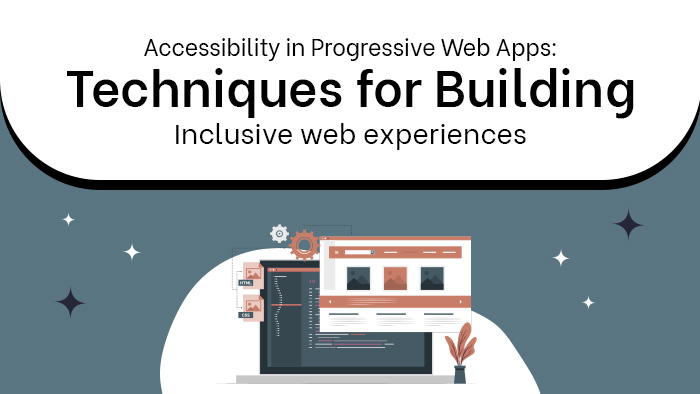
Comprehensive Faqs Guide: Advanced Service Worker Techniques: Background Sync, Push Notifications, and Data Pre-caching
Service Worker Basics and Lifecycle What is a service worker, and how does it function within a Progressive Web App (PWA)? A service worker is a JavaScript file that runs in the background of a web application, separate from the main web page. It acts as a programmable proxy between the web application, the network, and the browser cache. Service workers enable the creation of Progressive Web Apps (PWAs) by providing offline capabilities, background synchronization, and push notifications. They essentially allow PWAs to function even when the user is offline or has a poor network connection. Service workers intercept network requests made by the web application and can respond with cached resources, making it possible for the PWA to load quickly and provide a seamless user experience. They also enable background processes, such as syncing data with a server or updating cached resources, without requiring the user to actively interact with the application. How do you register a service worker for your PWA? To register
